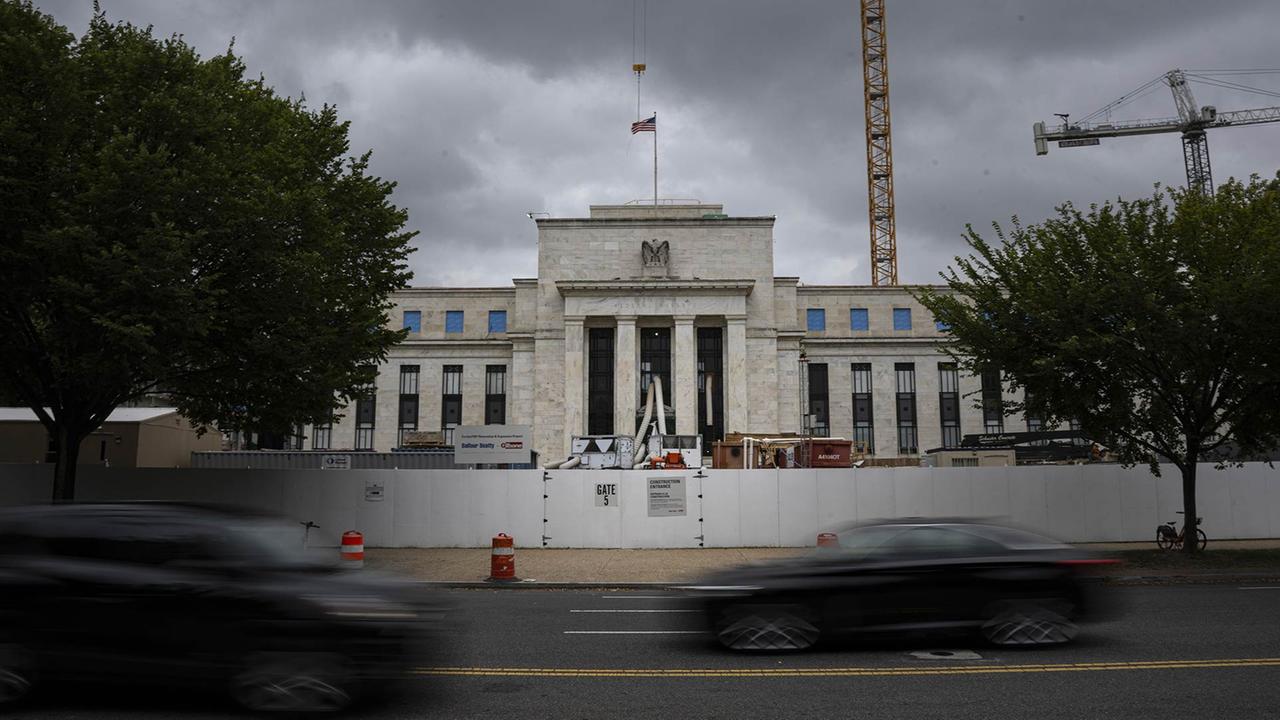The USA is on the verge of a turnaround in interest rates. Following signals from the US Federal Reserve, investors are firmly expecting it to cut interest rates this evening for the first time in over four years. However, one important question is still open.
After the European Central Bank (ECB), which already lowered key interest rates in the Eurozone in June, the US Federal Reserve is expected to follow suit this evening. It is firmly expected that the Federal Reserve (Fed) will lower interest rates for the first time in more than four years – there have been clear indications of this from the ranks of the monetary authorities for some time.
Extent and sequence of interest rate steps unclear
At the central bank conference in Jackson Hole, central bank chairman Jerome Powell had announced that he would cut key interest rates in September. The direction of monetary policy is clear. Nevertheless, tension remains high. The Fed has so far left the extent and sequence of future interest rate hikes open. These depend, among other things, on the development of economic data, said Powell.
According to a survey by the Bloomberg news agency, a majority of economists surveyed expect the interest rate spread to be reduced by 0.25 percentage points to between 5.0 and 5.25 percent. However, there are now also a number of economists who believe that a larger interest rate hike of 0.50 percentage points is likely.
There is also increasing speculation on the financial markets about a larger interest rate hike. US Federal Reserve Director Christopher Waller recently showed himself open to this measure. However, rising retail sales and growing industrial production, which indicate a healthy state of the economy, caused uncertainty yesterday. The central bankers are trying to curb inflation by raising interest rates without stalling the economic engine.
Decision could determine trend on the stock markets
Falling interest rates have many effects on the real economy – refinancing costs for companies fall, consumer loans become cheaper, and households get less money for saving. But lower interest rates are also beneficial for stocks. On the one hand, companies are relieved of credit costs, which can increase profitability; on the other hand, interest-bearing securities such as bonds or fixed-term deposits become less attractive because they yield less.
The statements made by the US monetary authorities can therefore also influence the future trend on the stock markets. “Everything seems possible, from new record highs to further dramatic sell-offs,” said analyst Frank Sohlleder from the broker ActivTrades. The focus is therefore also on the reasoning behind the interest rate move. According to experts, if the Fed were to ease rates by a quarter of a percentage point, it would have to clearly signal that further interest rate cuts would follow by the end of the year in order to meet market expectations.
Meanwhile, experts at Commerzbank expect a reduction in key interest rates of 0.25 percentage points. “On the other hand, a reduction of 0.50 percentage points could be evidence for many investors that the Fed is really worried about the economy and has possibly waited too long to change interest rates,” they say in an outlook. The Fed wants to avoid this impression. “After all, the Fed does not believe that the US economy is already in a recession or is moving towards one.”
ECB and BoE have presented
The US Federal Reserve has now stuck to the current interest rate for 14 months. Before that, it had quickly raised key interest rates in the fight against high inflation. A rate cut is now considered a foregone conclusion. After all, the inflation rate has tended to fall in recent months and was at 2.5 percent in August.
Wage growth has also slowed recently. According to economists, this is likely to have a dampening effect on important service prices. At the same time, the labor market is increasingly showing signs of weakness. Employment growth has slowed significantly compared to the beginning of the year.
With its interest rate cut, the Fed would follow the European Central Bank (ECB). The ECB has already reduced the key interest rate twice this year by 0.25 percentage points each time. In the past, it was usually the other way around and the ECB followed the Fed. Other central banks such as the Bank of England (BoE) also initiated interest rate reversals in the summer.




